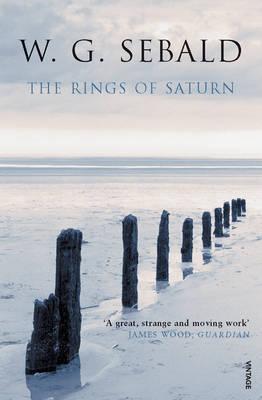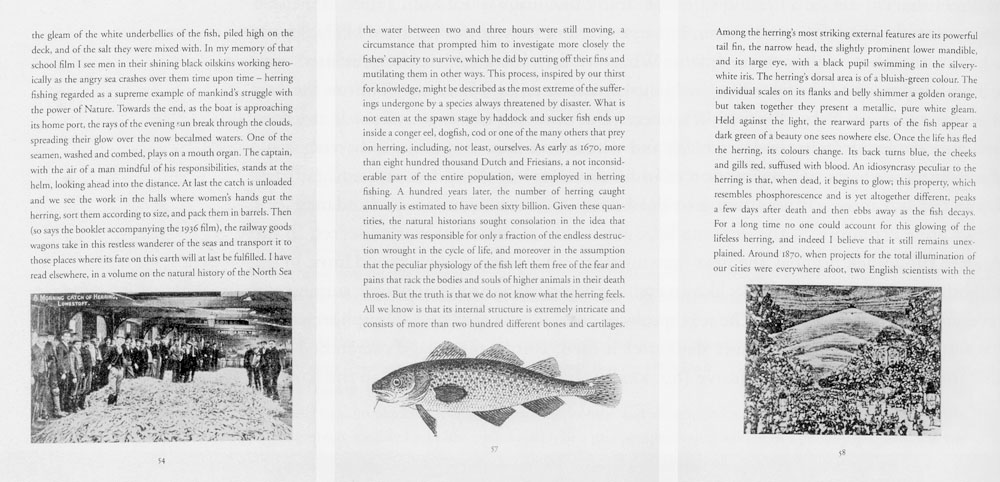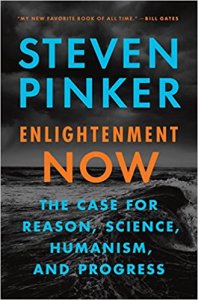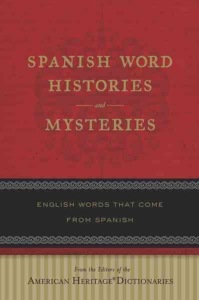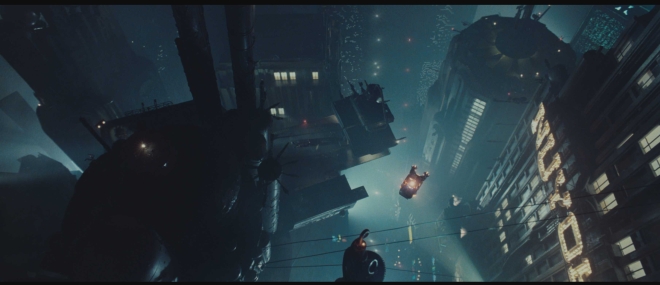“They gave him a plane with an altitude limit of seventeen thousand feet; the highest Cordillera peaks are over twenty-two thousand. And Mermoz took off in search for the gaps. … Forced down at thirteen thousand feet on a plateau with sheer sides, he and his engineer searched for two days for a way down. They were trapped. So they played their last card. They launched their plane towards the void, bouncing cruelly over the uneven ground until they dropped over the cliff edge. As it fell the plane picked up enough speed to respond to the controls. Mermoz brought its nose up as it headed for a ridge, brushed up the against summit, and with water gushing out of every pipe burst by night frost, crippled after just seven minutes in the air, he saw the Chilean plain below him like a Promised Land.
The next day he went up again.”
— Wind, Sand and Stars, 1939.

 Imagine that you are flying a plane over the Sahara desert, and you crash, somewhere between Benghazi and Cairo. You and your navigator nearly die of thirst until you are rescued by a Bedouin on a camel. How would you write about the experience?
Imagine that you are flying a plane over the Sahara desert, and you crash, somewhere between Benghazi and Cairo. You and your navigator nearly die of thirst until you are rescued by a Bedouin on a camel. How would you write about the experience?
In the 1930s, most of North Africa and the Andes, as well as much of the Mediterranean, was without charted air routes. Antoine de Saint-Exupéry (author of the “The Little Prince”) and his flying buddies, like Mermoz, cut through the unexplored airspace of these ends of the earth. These solitary men, willing subjects in dubious and slapdash expeditions and sorties, belonged to a particular moment in modern history. They lived in an era that is just out of sight, dipped below the horizon, an era filled with experiences and dramas that must now forever be recorded in books. The travel writing at these times was still often defined by firsts, where places were yet undiscovered, and a writer could come before all others to take a stab at putting the experience to the page (nowadays, travel writers have other challenges). The settings in these stories are drawn with the glow of Nazi bombs below, or at the hands of the elements, through a vulnerability that only a pilot can know. There is an irony though, that no matter how adventurous the life of a man or woman is, reading about it is almost always a disappointment, something like listening to someone talk about their dreams. The copious quantity of stories to tell does not guarantee that those stories will ever be told, much less told well.
It is impossible to know if Saint-Exupéry was aware of that unspoken curse that adventurers are almost always denied the tools to produce good writing, but often in Wind, Sand and Stars, we get the impression he is making an effort at literature. In North Africa and Spain, his charts were marked not only with vectors and flight ceilings, but with scribbled-in notes that told a stories, like the orange grove to watch out for at the end of the runway in Guadix, Spain, or the elderly man and his wife in Lorca who wait on their farm like a lighthouse for passing pilots in the night, or the small tributary off the Ebro river that spawns thirty species of flower and sometimes wanders across the runway there, tearing a crack in the earth that would destroy a plane’s landing gear.
In the form of a letter of admiration, Saint-Exupéry tells us about another comrade, Guillaumet, who crashed his plane in a high-altitude snow storm, and walked for days in the blizzard, where if he’d just lied down, he never would have risen again from the blanket of snow. He writes, quoting Guillaument in a letter to him, “In the snow… all you want is sleep….But I said to myself: ‘If my wife thinks I’m alive, she’ll believe I’m on my feet. My comrades believe it too….I’m a cowardly bastard if I don’t keep going.'”
Although many of the stories in Saint-Exupéry’s books spring to life from crises, they are not merely some collection of diary entries. The true driving force here is Exupéry’s ability to translate the complexities of the human experience within the absurd drama of war and the novelty of the rugged, unexplored regions of the world, and indeed within the flying machines that are thrust into both. And we are thus fascinated by his getting on
with the business of living, albeit in extraordinary times. This was the stuff of travel writing in the 1930s and 1940s, but only the good works have survived. Today, it is more difficult to be interesting, the substance of many travel books only being the crises themselves, even worse crises that are self-inflicted, or sometimes contrived altogether. Exupéry proves his worth as a writer in many ways, and he’d probably be an excellent storyteller even in boring contexts. To me, his work rises above other banal travelogues because he makes sure that the stories will be remembered not as sensational shock pieces (in war, perhaps so abundant as to be trite), but more so as stories with eloquence that can penetrate even the most uninterested reader, or now, the modern reader dulled by overexposure to images and information.
Flight to Arras begins with Saint-Exupéry and another pilot being briefed on a reconnaissance flight into Nazi-occupied France. It is a mission that will likely kill them. But he keeps to a rare kind of wisdom and honesty, mostly refraining from melodrama. In the book he writes with a sense of desperation and humor, in a well-chosen mix of tenses, of stress-induced quarrels with colleagues and on the checklists and practical duties that a pilot or captain does, duties done more compulsively in the midst of life-threatening danger. He can bring the entire war to a private microcosm:
“… the battle between the Nazi and the Occident was reduced to the scale of my job, of my manipulation of certain switches, levers, taps. This was as it should be. The sexton’s love of his God becomes a love of lighting candles.”
The honesty of his experience at first seems disarming and endearing, but in fact it only exposes a simple and powerful notion: how a man behaves when he has already accepted that he is going to die.
It is perhaps not so ironic that Exupéry probably did meet his end at the hands of a German fighter plane. In 1998, fishermen near the island of Corsica dragged up Exupéry’s name tag in their nets. His disappearance, a long-running mystery, happened in 1944, in airspace carpeted by Nazi radar and thick with the buzz of the Luftwaffe. One can wonder, if in those last moments, he faced the permanence of death with the grace and clarity of his literature.
“It would be easy to write a couple of fraudulent pages out of the contrast between this shining spring day, the ripening fruit, the chicks filling plumply out in the barnyard, the rising wheat—and death at our elbow. I shall not write that couple of pages because I see no reason why the peace of a spring day should constitute a contradiction of the idea of death. Why should the sweetness of life be a matter for irony?”
— Flight to Arras, 1942.

Antoine de Saint-Exupéry in Toulouse, France, 1933. Source NY Times online Author Distributed by Agence France-Presse


